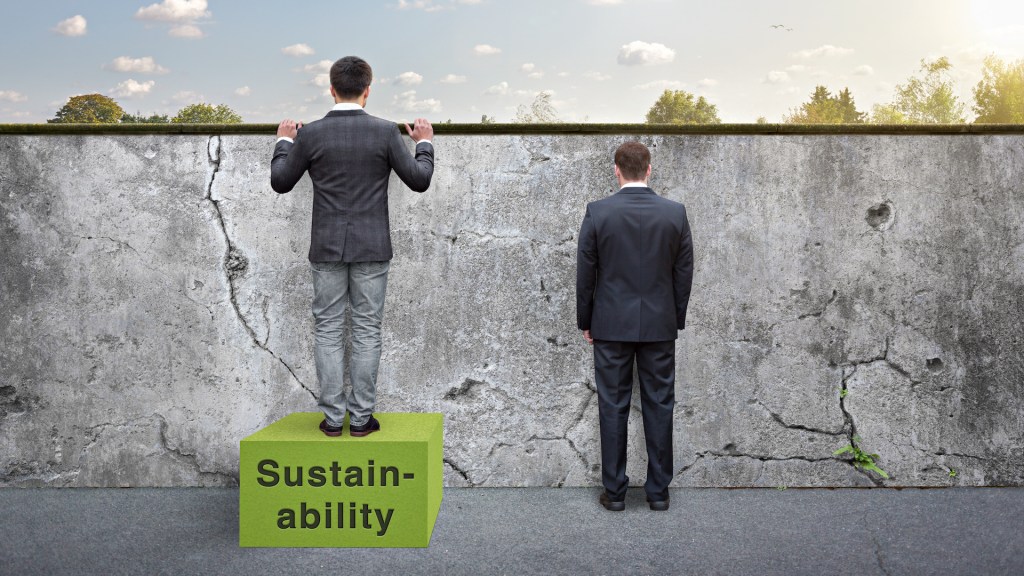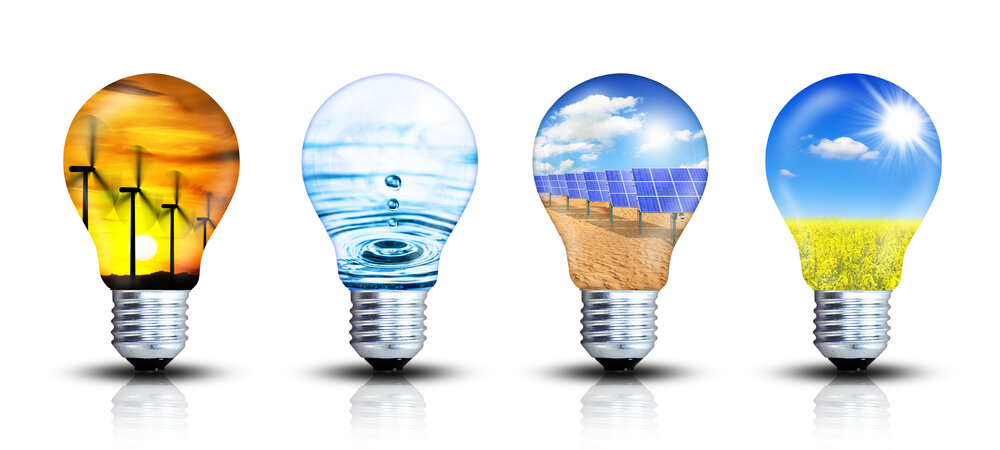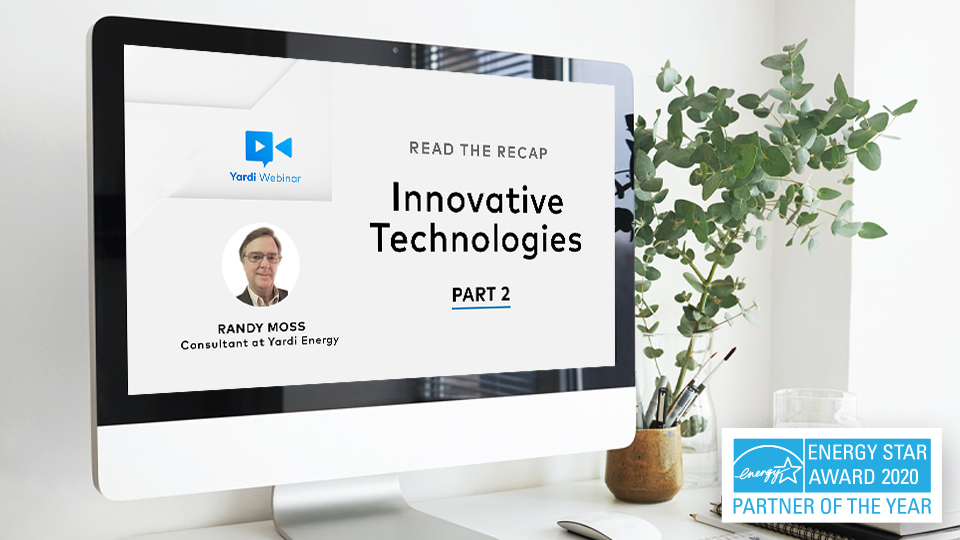Simplify Your Job
Easy ENERGY STAR Benchmarking
Have you been navigating ENERGY STAR® Portfolio Manager on your own? There is a better way. Get to know the ENERGY STAR Benchmarking Team for simplified and improved reporting. Meet your ENERGY STAR reporting experts ENERGY STAR Benchmarking Team is located in the Yardi Atlanta and Colorado Springs offices to conveniently serve clients in different […]














